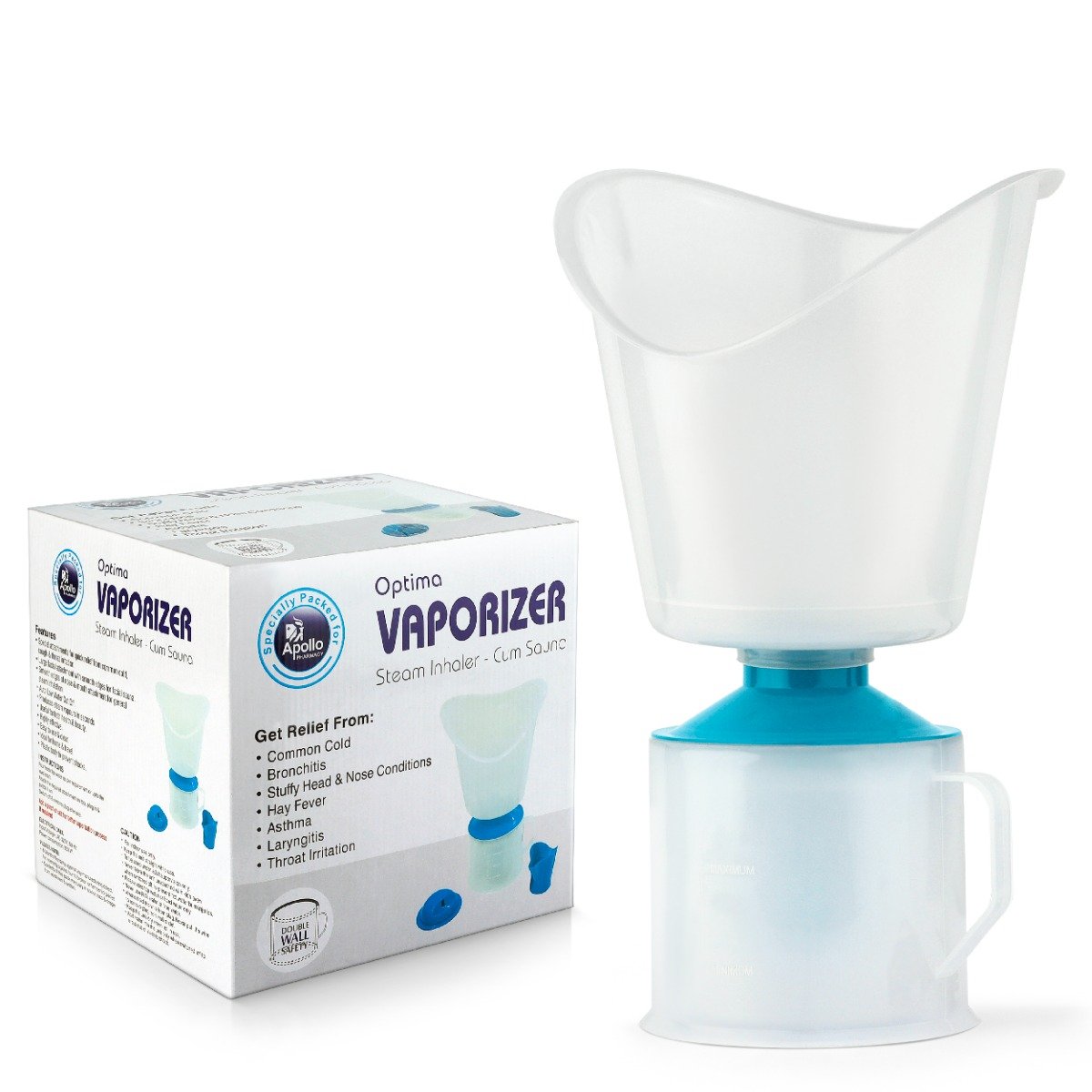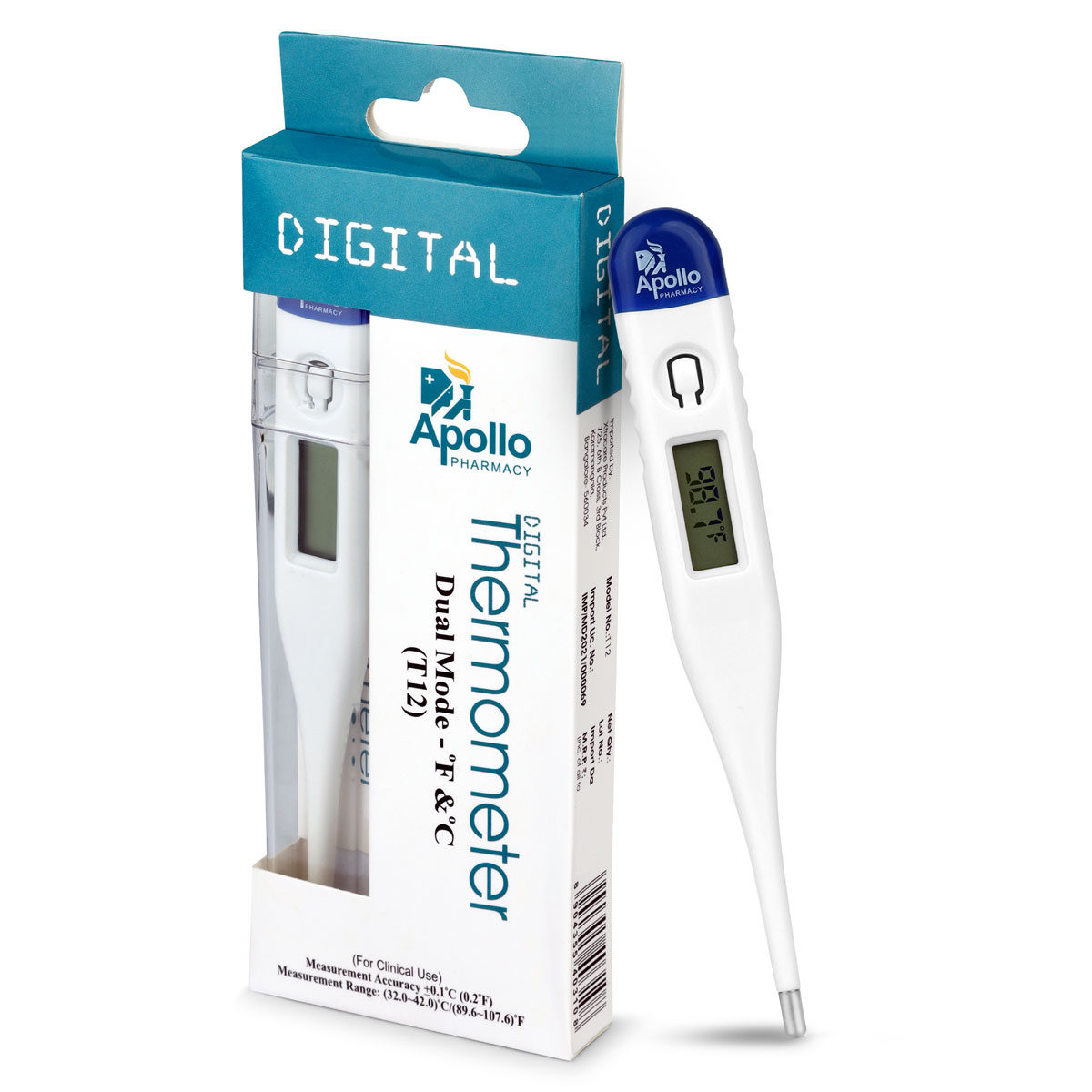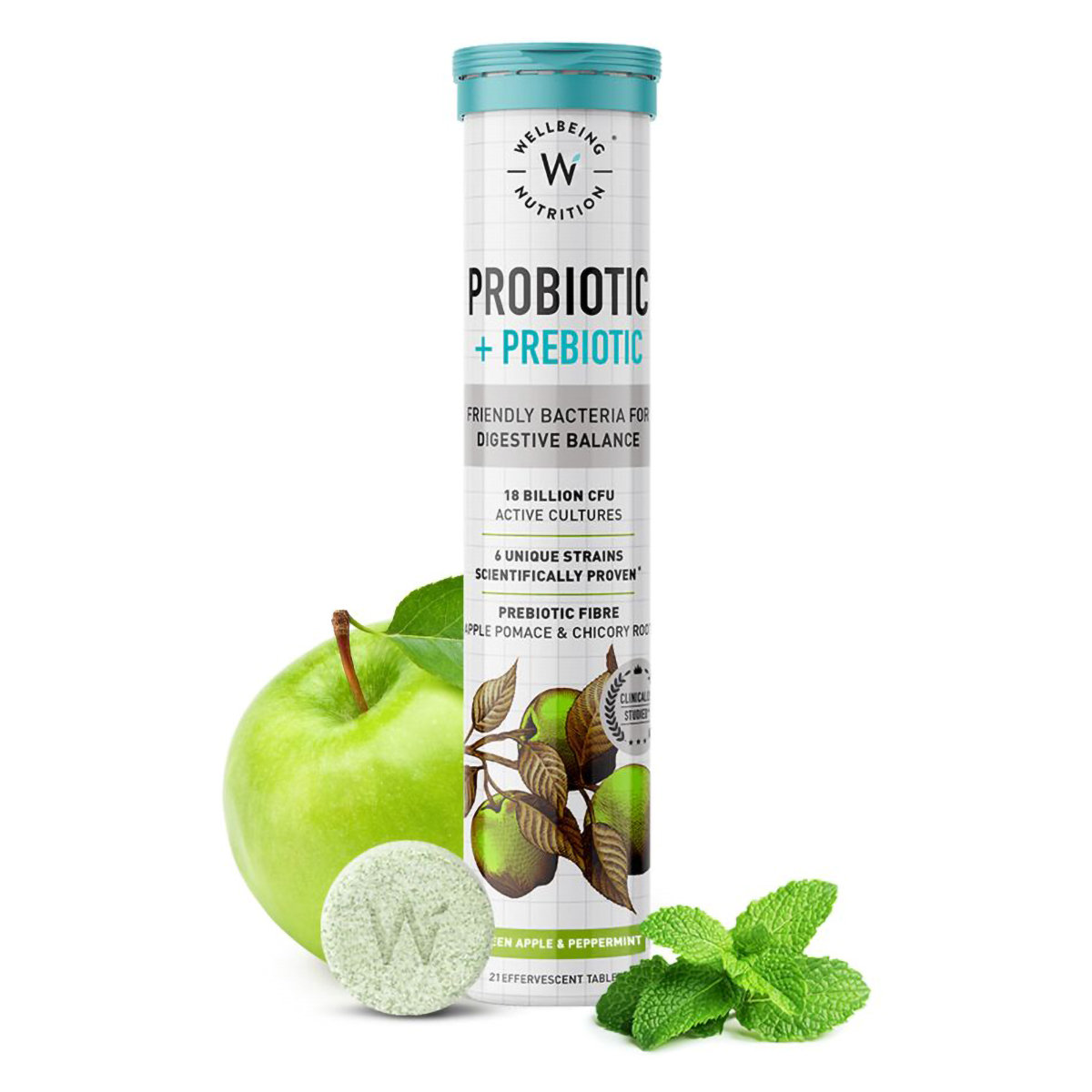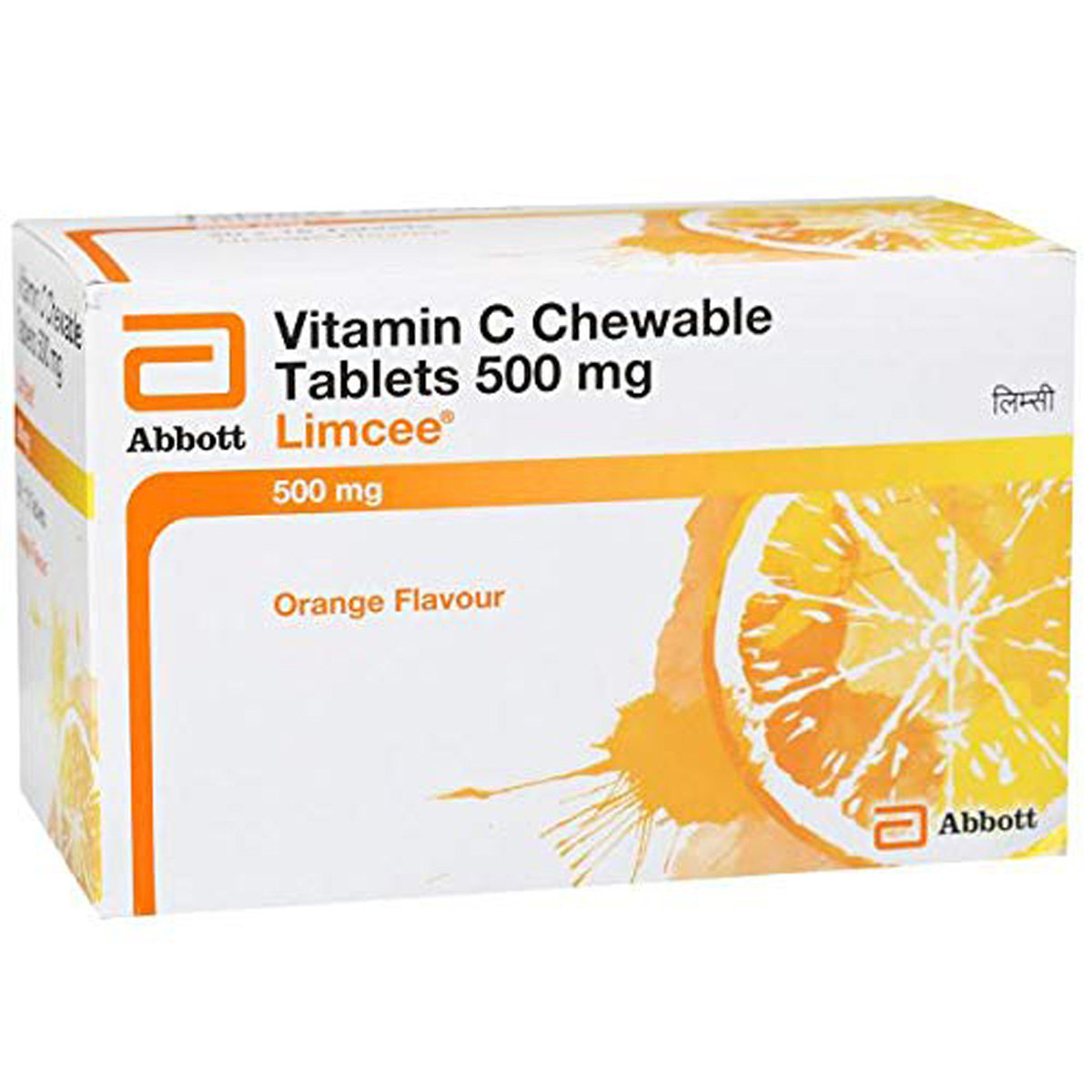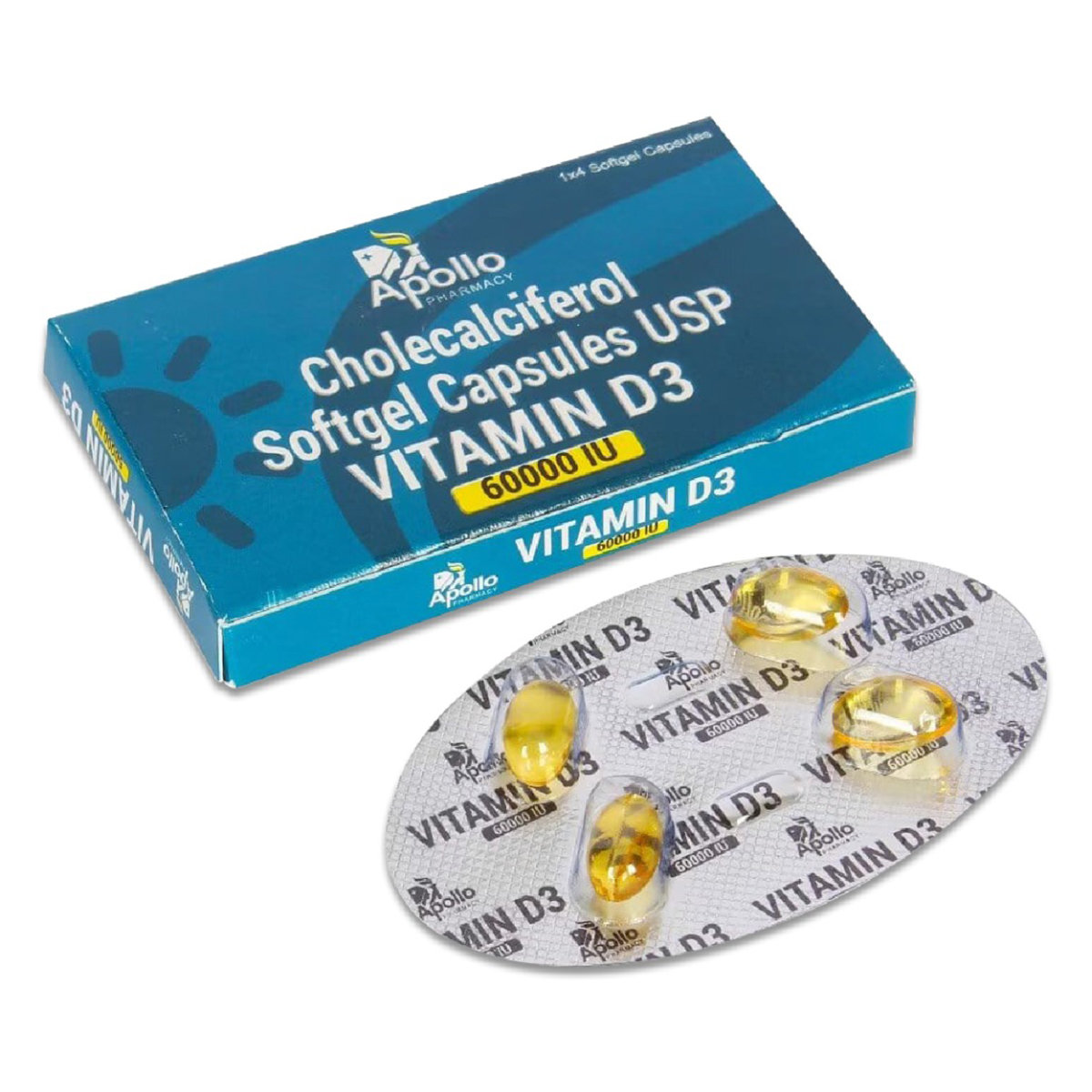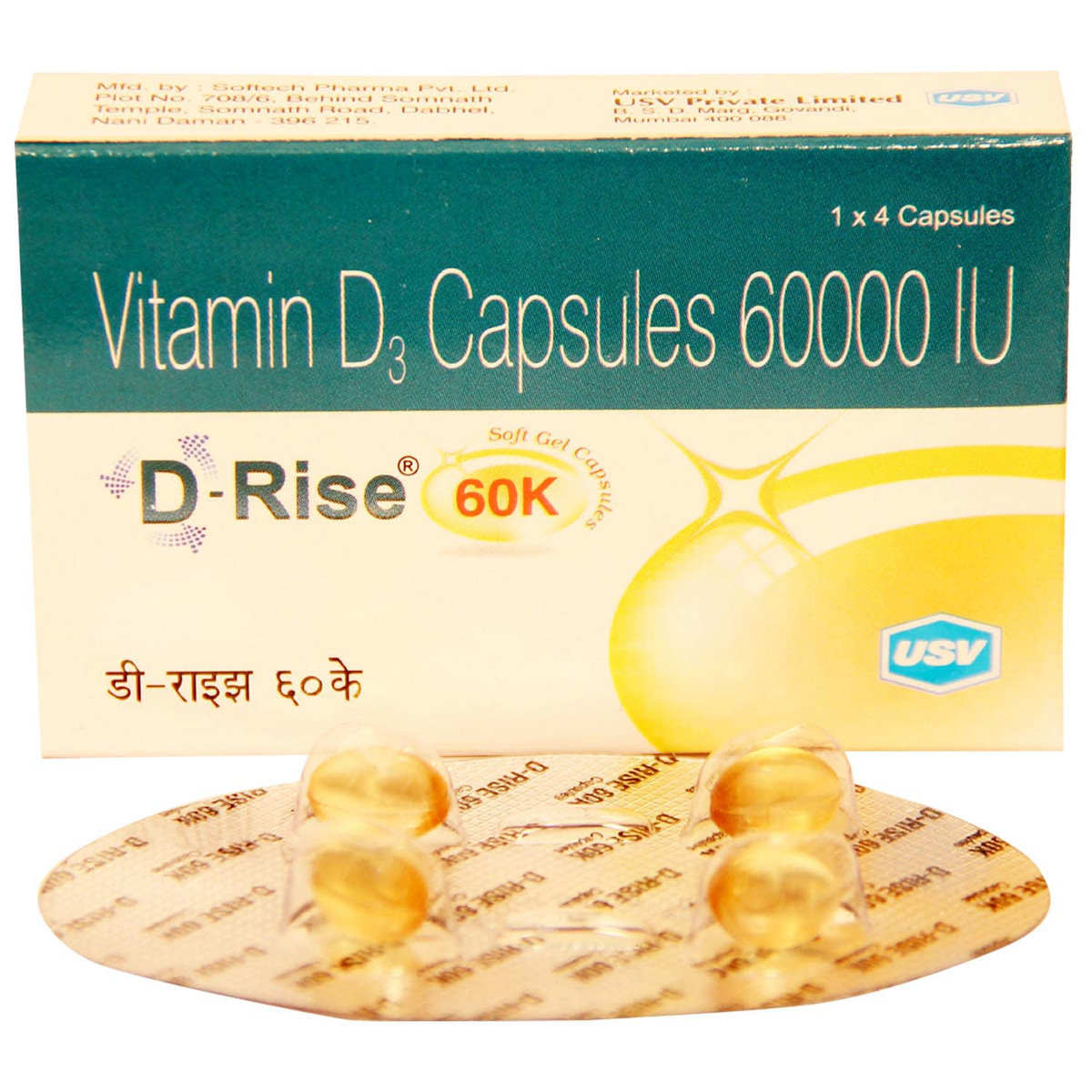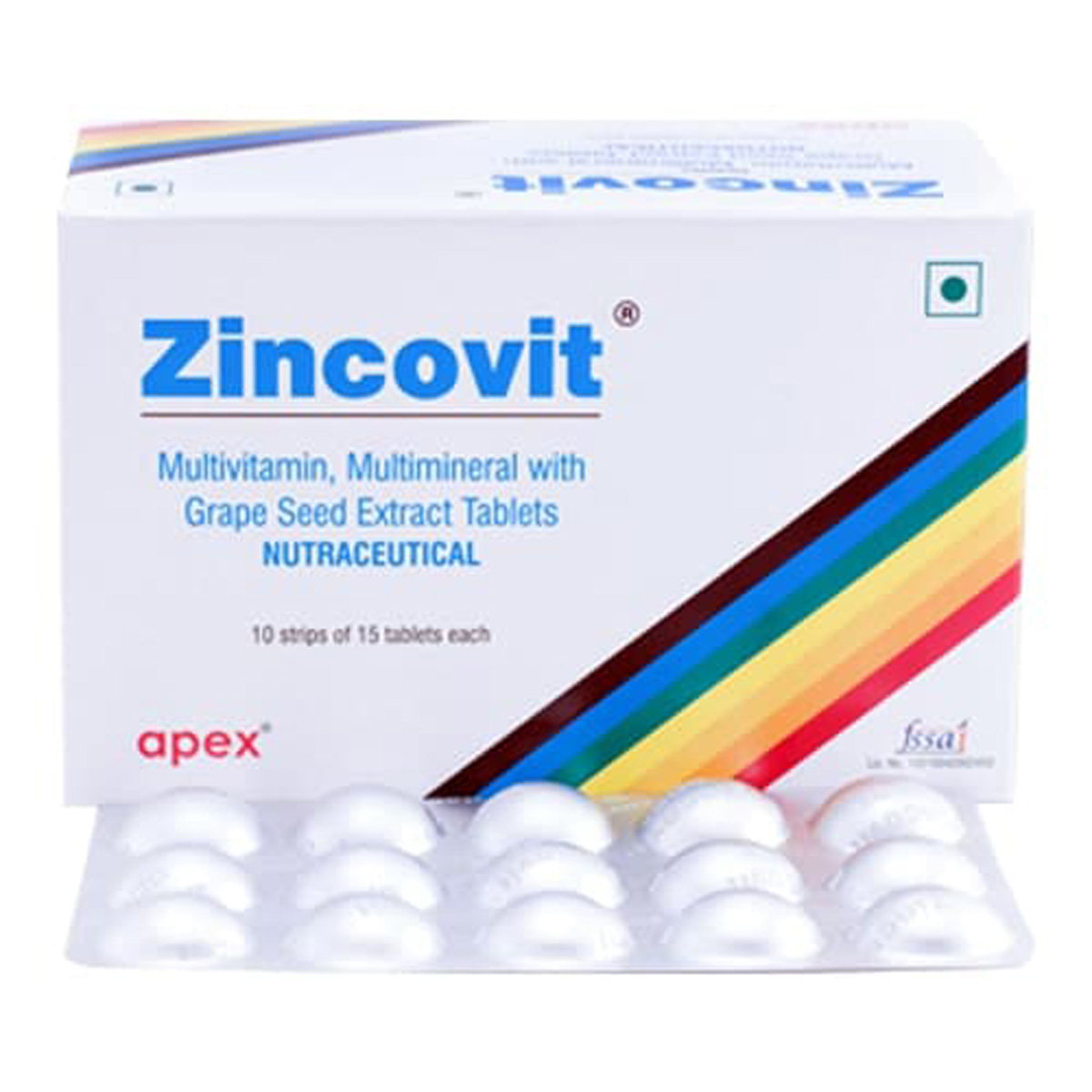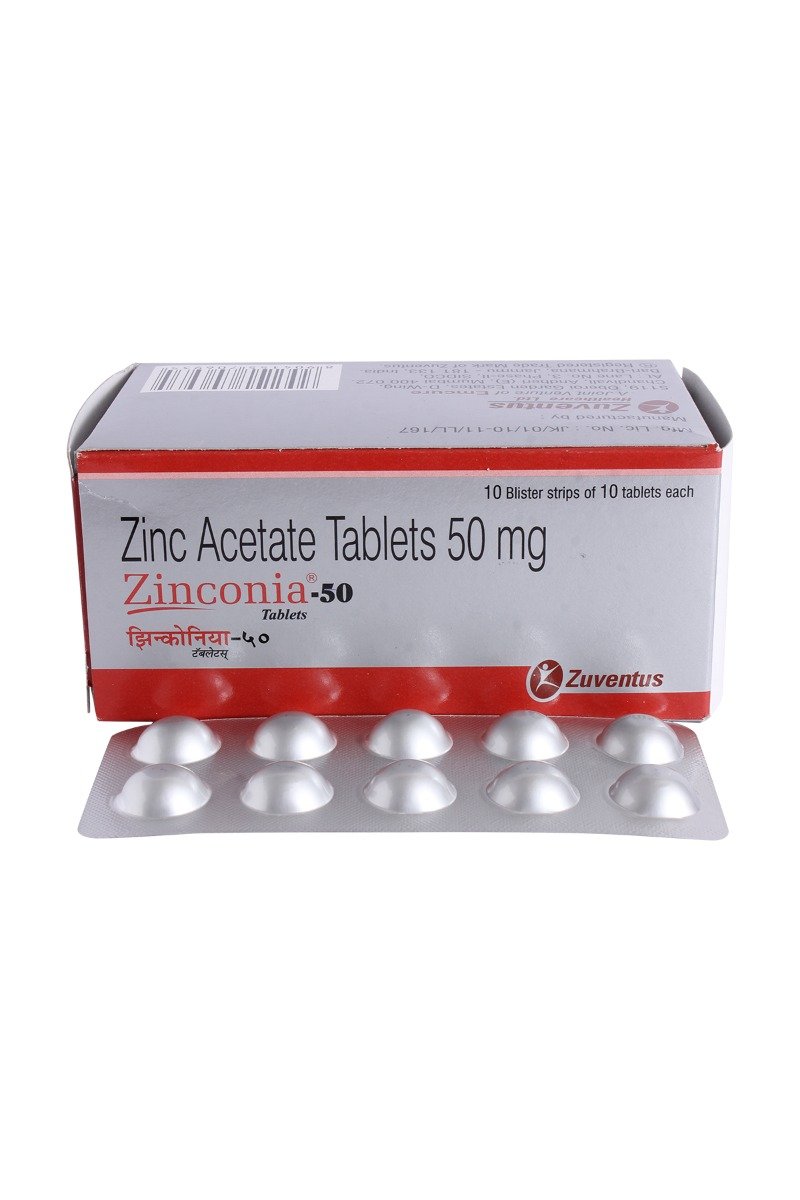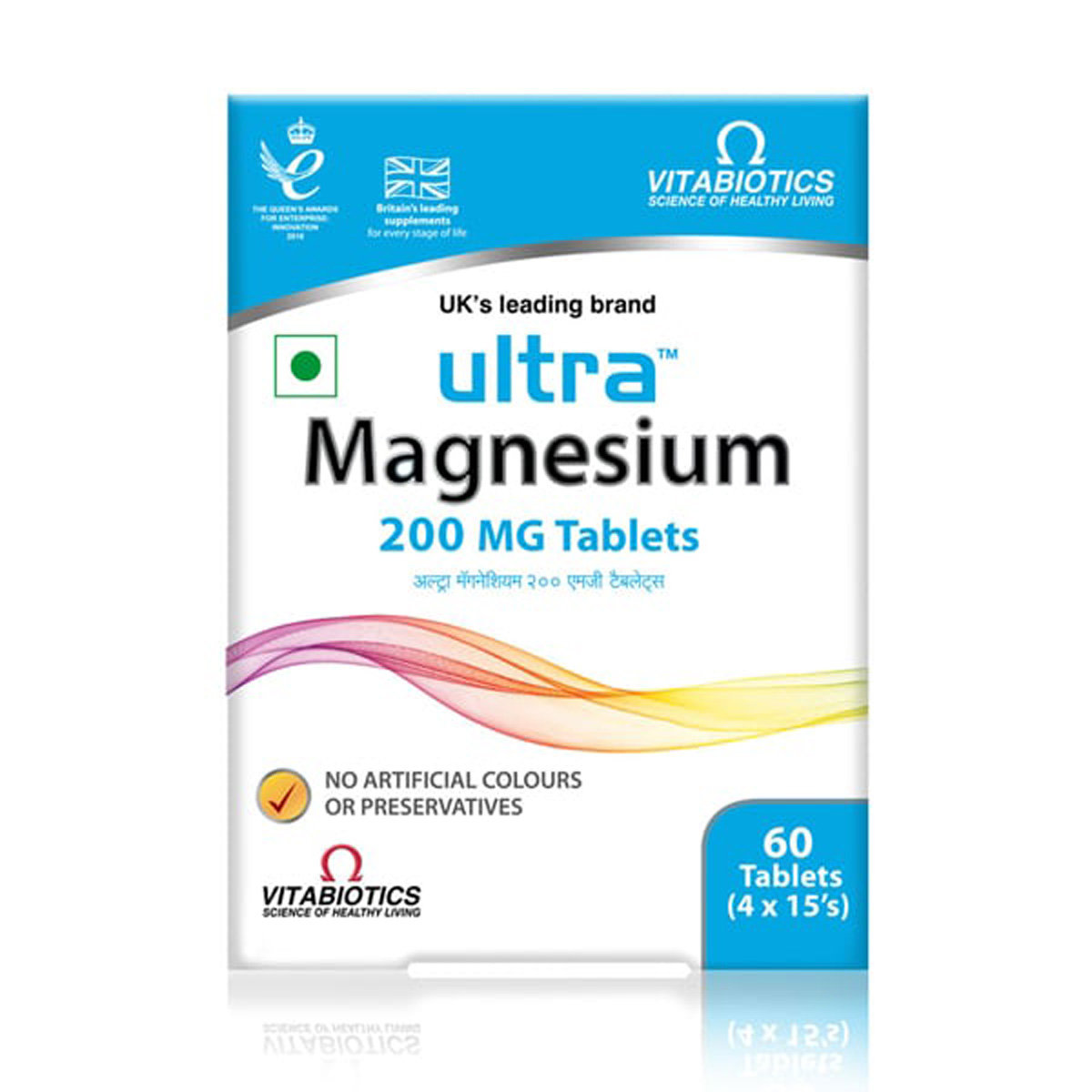Norflox 400 Tablet

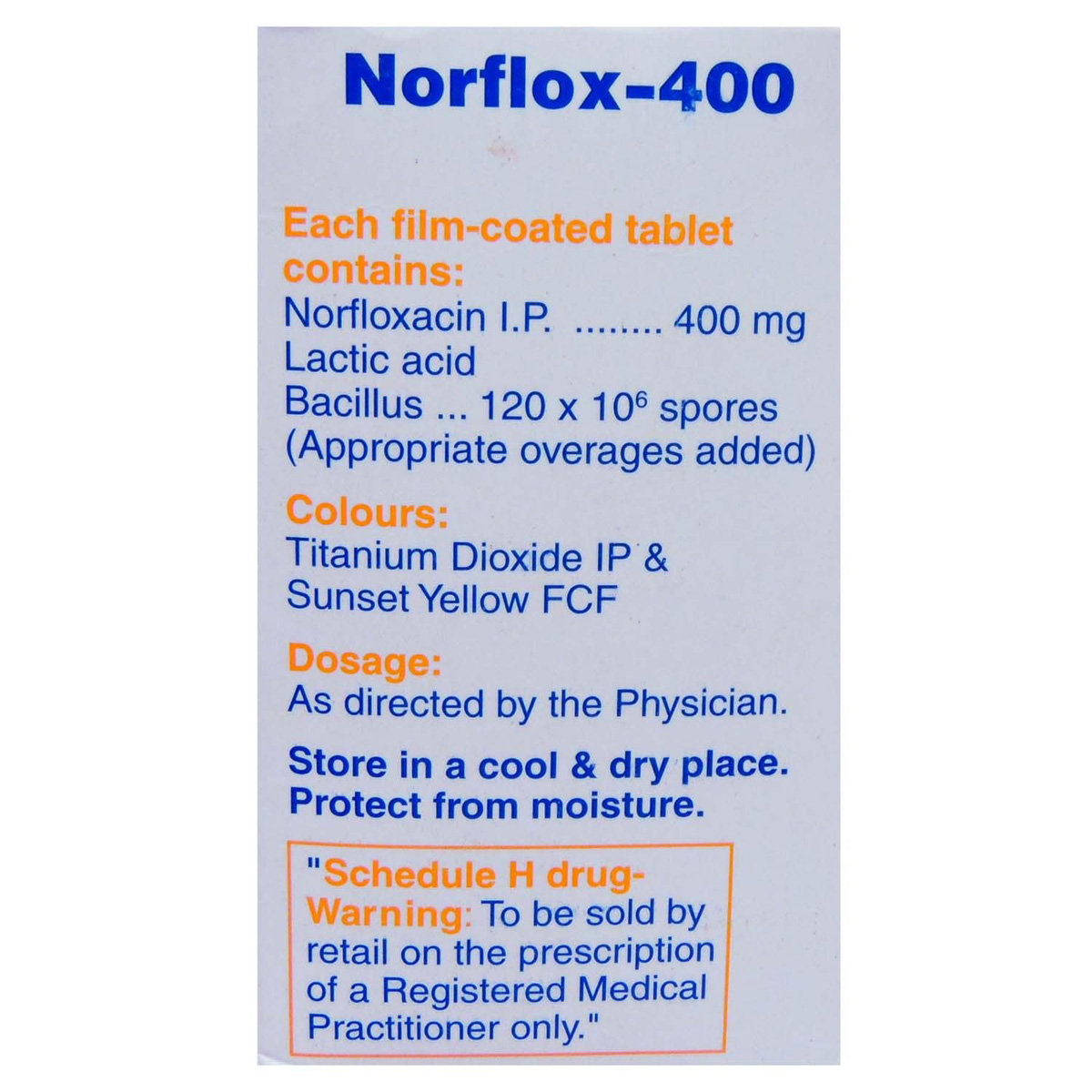
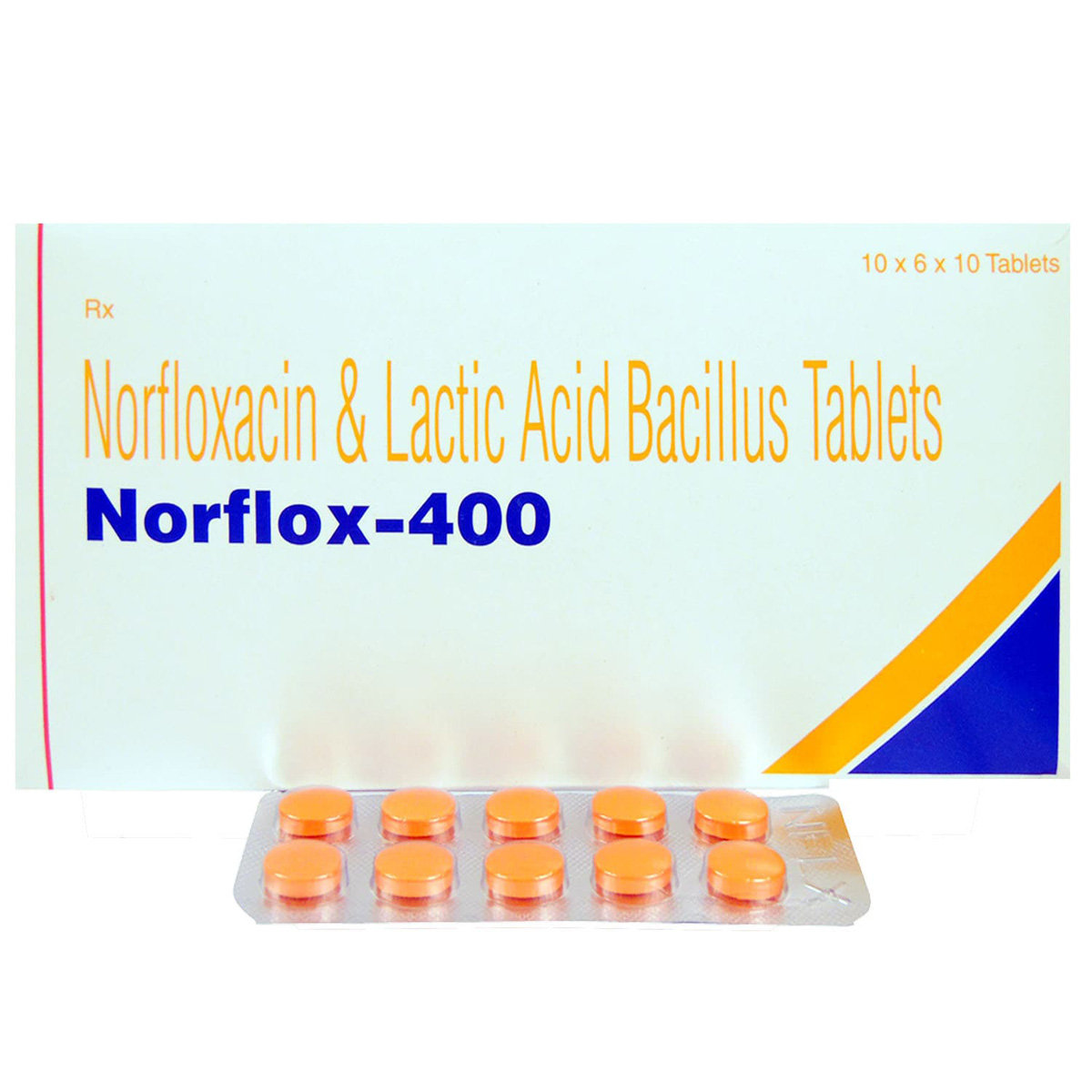
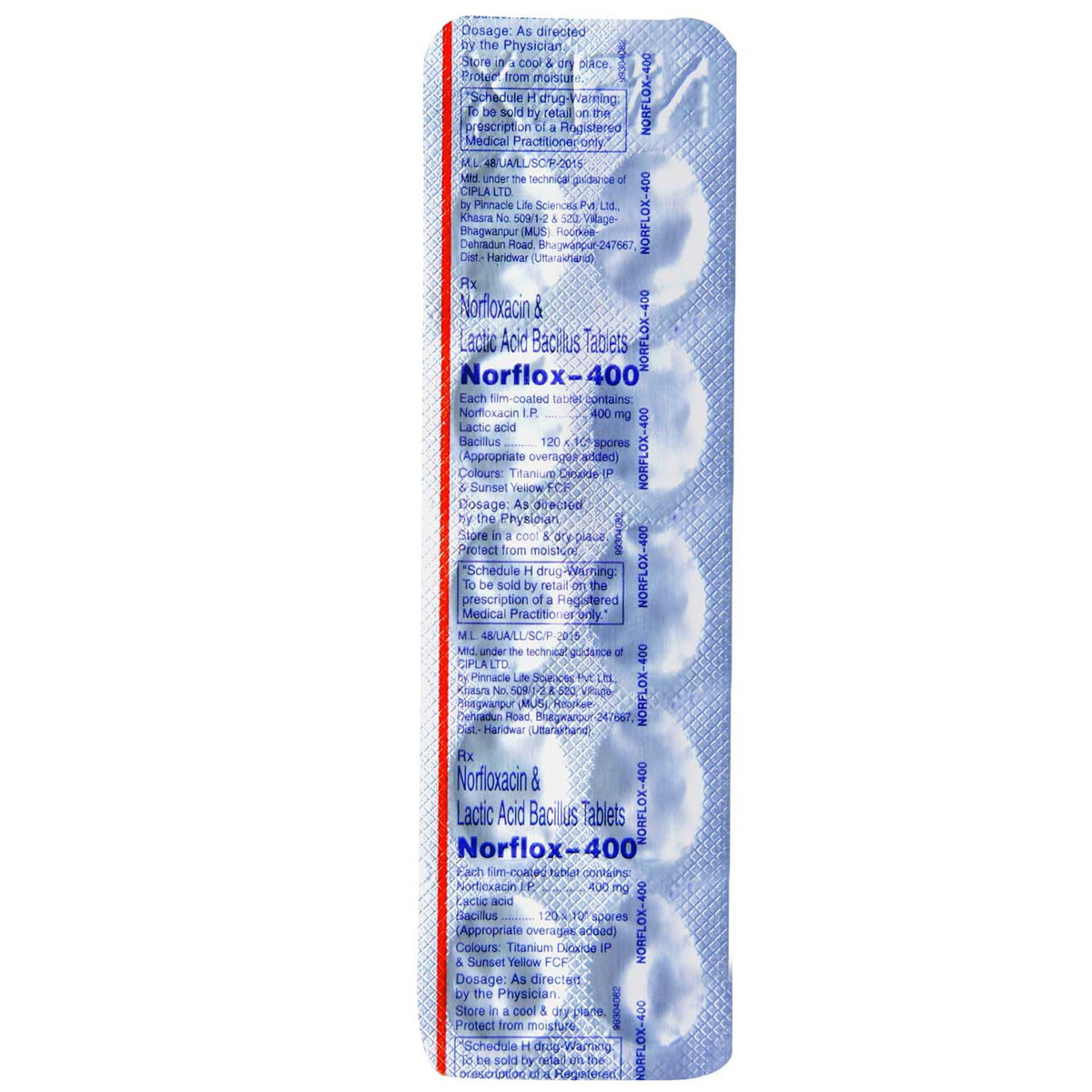
MRP ₹88.5
(Inclusive of all Taxes)
₹13.3 Cashback (15%)
know your delivery time
Provide Delivery Location
Composition :
Manufacturer/Marketer :
Consume Type :
Expires on or after :
Return Policy :

Secure Payment

Trusted by 8 Crore Indians

Genuine Products
Therapeutic Class
Country of origin
Manufacturer/Marketer address
Author Details
We provide you with authentic, trustworthy and relevant information
Disclaimer
Alcohol
Safe if prescribed
Avoid consuming alcohol while taking Norflox 400 Tablet as it may cause increased dizziness.
Pregnancy
Consult your doctor
Norflox 400 Tablet belongs to pregnancy category C. Please consult your doctor if you are pregnant, your doctor will prescribe Norflox 400 Tablet only if the benefits outweigh the risks.
Breast Feeding
Consult your doctor
It is unknown if Norflox 400 Tablet passes into breastmilk. Consult your doctor if you are breastfeeding.
Driving
Safe if prescribed
Norflox 400 Tablet may cause dizziness and light-headedness. So, drive only if you are alert.
Liver
Consult your doctor
Dose adjustment may be needed. Please consult your doctor if you have liver impairment/liver disease.
Kidney
Consult your doctor
Dose adjustment may be needed. Please consult your doctor if you have any concerns regarding this or if you have kidney impairment/kidney disease.
Children
Safe if prescribed
Norflox 400 Tablet is not recommended for children below 18 years as safety and effectiveness have not been established.
Product Substitutes
About Norflox 400 Tablet
Norflox 400 Tablet belongs to the group of quinolones antibiotics used to treat bacterial infections caused by susceptible bacteria. It is indicated in the treatment of urinary tract infections, prostatitis (prostate inflammation) and gonorrhoea (sexually transmitted disease). Additionally, Norflox 400 Tablet is used to treat infections of the stomach and intestine like traveller’s diarrhoea.
Norflox 400 Tablet contains Norfloxacin which inhibits the synthesis of an enzyme called DNA gyrase. Thereby kills the bacteria and treats bacterial infections. Norflox 400 Tablet has a broad spectrum antibacterial activity against gram-positive and gram-negative aerobic bacteria.
Take Norflox 400 Tablet as prescribed. In some cases, Norflox 400 Tablet may cause common side-effects such as abdominal cramps, nausea, headache, and dizziness. Most of these side-effects do not require medical attention and will resolve gradually over time. However, you are advised to talk to your doctor if the side-effects persist or worsen.
Inform your doctor if you experience pain in tendons, swelling, or inflammation as Norflox 400 Tablet is associated with an increased risk of tendon rupture and tendonitis; this risk is higher in patients older than 60years, in people taking steroids, or who have had kidney, heart or lung transplant. Norflox 400 Tablet may cause dizziness and light-headedness, so drive only if you are alert. Avoid alcohol consumption while taking Norflox 400 Tablet as it may cause increased dizziness.
Uses of Norflox 400 Tablet
Medicinal Benefits Mweb
Key Benefits
Norflox 400 Tablet belongs to the group of medicines called quinolones antibiotics used to treat bacterial infections of the prostate, urinary tract and gonorrhoea (sexually transmitted disease). Additionally, Norflox 400 Tablet is also used to treat traveller’s diarrhoea. Norflox 400 Tablet is bactericidal in nature. It works by inhibiting the synthesis of bacterial DNA gyrase; this prevents the bacteria from repairing and multiplying. Thereby, kills the bacteria and treats infections. Norflox 400 Tablet is a broad-spectrum antibiotic effective against a wide range of gram-positive and gram-negative bacteria.
Directions for Use
Side Effects of Norflox 400 Tablet
- Nausea
- Heartburn
- Headache
- Dizziness
- Abdominal cramps
Drug Warnings
Do not take Norflox 400 Tablet if you are allergic to any of its contents; if you had swelling or tearing of tendons while taking quinolone antibiotics. Norflox 400 Tablet is associated with an increased risk of tendon rupture and tendonitis in all age groups; this risk is higher in patients older than 60 years, people taking corticosteroids, who have had kidney, heart or lung transplants. Consult your doctor immediately if you experience tendon pain, swelling or inflammation while taking Norflox 400 Tablet . Do not take Norflox 400 Tablet if you have myasthenia gravis, as it may cause increased muscle weakness. Talk to your doctor if you have epilepsy, low levels of potassium, nervous or muscle problems, head injury or brain tumour, diabetes, rheumatoid arthritis, heart, kidney or liver problems. Consult your doctor if you are pregnant or breastfeeding. Avoid alcohol consumption while taking Norflox 400 Tablet as it may cause increased dizziness. Norflox 400 Tablet may cause dizziness and vision problems, so be cautious while driving.
Drug-Drug Interactions
Drug-Drug Interactions
Login/Sign Up
Using bepridil together with Norflox 400 Tablet can increase the risk of an irregular heart rhythm that may be serious.
How to manage the interaction:
Taking Norflox 400 Tablet with Bepridil is not recommended, please consult your doctor before taking it. You should seek immediate medical attention if you develop sudden dizziness, lightheadedness, fainting, or a fast or pounding heartbeat. Do not stop using any medications without talking to a doctor.
The combination of Amiodarone and Norflox 400 Tablet may significantly raise the risk of an abnormal heart rhythm.
How to manage the interaction:
Despite the fact that Amiodarone and Norflox 400 Tablet interact, it can be taken if prescribed by a doctor. If you get dizziness, lightheadedness, fainting, or fast or racing heartbeats, consult a doctor. Do not stop taking any medications without visiting a doctor.
Coadministration of Norflox 400 Tablet with Cisapride can increase the risk or severity of irregular heart rhythm.
How to manage the interaction:
Taking Norflox 400 Tablet with Cisapride together can result in an interaction, it can be taken if your doctor has advised it. However, contact a doctor immediately if you experience sudden dizziness, lightheadedness, fainting, shortness of breath, chest pain or tightness, rapid heartbeat, or memory loss. Do not discontinue any medications without consulting a doctor.
Coadministration of Norflox 400 Tablet with Disopyramide can increase the risk of irregular heart rhythm.
How to manage the interaction:
Taking Norflox 400 Tablet with Disopyramide together can result in an interaction, it can be taken if your doctor has advised it. However, contact a doctor immediately if you experience sudden dizziness, lightheadedness, fainting, shortness of breath, chest pain or tightness, rapid heartbeat, or memory loss. Do not discontinue any medications without consulting a doctor.
Using Mesoridazine together with Norflox 400 Tablet can increase the risk of an irregular heart rhythm that may be serious.
How to manage the interaction:
Taking Mesoridazine with Norflox 400 Tablet is not recommended, please consult your doctor before taking it. You should seek immediate medical attention if you develop sudden dizziness, lightheadedness, fainting, shortness of breath, or heart palpitations. Do not stop using any medications without talking to a doctor.
Coadministration of Norflox 400 Tablet with Sotalol can increase the risk or severity of irregular heart rhythm.
How to manage the interaction:
Taking Norflox 400 Tablet with Sotalol together is generally avoided as it can result in an interaction, it can be taken if a doctor has advised it. However, contact a doctor immediately if you experience sudden dizziness, lightheadedness, fainting, shortness of breath, chest pain or tightness, rapid heartbeat, or memory loss. Do not discontinue any medications without consulting a doctor.
Coadministration of Norflox 400 Tablet with Osimertinib can increase the risk or severity of irregular heart rhythm.
How to manage the interaction:
Taking Norflox 400 Tablet with Osimertinib together can result in an interaction, it can be taken if your doctor has advised it. However, contact a doctor immediately if you experience sudden dizziness, lightheadedness, fainting, shortness of breath, chest pain or tightness, rapid heartbeat, or memory loss. Do not discontinue any medications without consulting a doctor.
Aminolaevulinic acid sensitizes skin to bright lights and combining it with Norflox 400 Tablet may increase the risk of a severe photosensitivity (sunburn).
How to manage the interaction:
Although taking Norflox 400 Tablet and Aminolaevulinic acid together can cause an interaction, it can be taken if your doctor has suggested it. If you notice that your skin is very sensitive to sunlight or if you have a really bad sunburn, it's important to contact a doctor right away. Do not stop using any medications without talking to a doctor.
Co-administration of Norflox 400 Tablet may cause tendinitis (inflammation of the muscle to bone) and tendon rupture (injuries to the soft tissues that connect muscles and joints), and the risk may be increased when combined with Betamethasone.
How to manage the interaction:
Taking Norflox 400 Tablet with Betamethasone together can result in an interaction, it can be taken if a doctor has advised it. However, if you experience Stiff joints or difficulty moving your joints, joint pains, Swelling, or skin discoloration, contact a doctor immediately. Do not discontinue any medications without consulting a doctor.
Co-administration of Norflox 400 Tablet with Glibenclamide may sometimes affect blood glucose levels. Both high blood glucose and, less frequently, low blood glucose have been reported.
How to manage the interaction:
Although there is a possible interaction, Glibenclamide can be taken with Norflox 400 Tablet if prescribed by the doctor. Consult the prescriber if you experience symptoms of low blood sugar such as nervousness, confusion, headache, dizziness, drowsiness, tremor, nausea, hunger, weakness, perspiration, palpitation, and rapid heartbeat or symptoms of high blood sugar such as increased urination, increased thirst, and increased hunger. Maintaining blood glucose levels is advised. Do not discontinue any medications without consulting a doctor.
Drug-Food Interactions
Drug-Food Interactions
Login/Sign Up
Cocoa, Coffee, Dark Chocolate, Energy Drinks With Caffeine, Green Tea, Kola Nut, Tea, Tiramisu, Orange Juice
How to manage the interaction:
Consuming dairy products, cereal, or orange juice with Norflox 400 Tablet can interfere with its absorption and reduce its levels in the blood and urinary tract. Using caffeine together with Norflox 400 Tablet may increase the effects of caffeine. Norflox 400 Tablet dose should be taken at least one hour before or two hours after consuming dairy products, cereal, or orange juice. Avoid taking caffeine with Norflox 400 Tablet. Contact a doctor if you experience headaches, tremors, restlessness, nervousness, insomnia, and increased blood pressure or heart rate.
Drug-Diseases Interactions
Drug-Diseases Interactions
Login/Sign Up
Drug-Drug Interactions Checker List
- ASPIRIN
- IBUPROFEN
- WARFARIN
- PROBENECID
- AZITHROMYCIN
- TRIMETHOPRIM+SULFAMETHOXAZOLE
- METRONIDAZOLE
- NITROFURANTOIN
- ERYTHROMYCIN
- CALCIUM CARBONATE+CHOLECALCIFEROL
Habit Forming
Special Advise
Norflox 400 Tablet may cause changes in liver function tests and prothrombin time (time taken for blood clotting). Inform the person doing the tests that you are taking Norflox 400 Tablet .
Diet & Lifestyle Advise
- Antibiotics can alter the useful bacteria in the stomach, which help in digestion. Therefore, you are advised to take foods rich in probiotics, such as yoghurt/curd, kefir, sauerkraut, tempeh, kimchi, miso, kombucha, buttermilk, natto and cheese.
- Eat fibre-rich food like whole grains, beans, lentils, berries, broccoli, peas and bananas.
- Avoid foods rich in calcium, grapefruit and grapefruit juice, as they might hinder the absorption of antibiotics.
- Avoid consumption of alcohol and usage of tobacco.
All Substitutes & Brand Comparisons
RX
Out of StockKilbac 400mg Tablet
₹10
(₹0.9 per unit)
88% CHEAPERRX
Out of StockEuronor 400mg Tablet
Euro Biogenics
₹10.9
(₹0.98 per unit)
87% CHEAPERRX
Out of StockEnteroflox 400mg Tablet
₹7.42
(₹1.11 per unit)
86% CHEAPER

Have a query?
Buy best Infections & Infestation products by
Cipla Ltd
Macleods Pharmaceuticals Ltd
Alkem Laboratories Ltd
Lupin Ltd
Abbott India Ltd
Sun Pharmaceutical Industries Ltd
Mankind Pharma Pvt Ltd
Micro Labs Ltd
Aristo Pharmaceuticals Pvt Ltd
FDC Ltd
Intas Pharmaceuticals Ltd
Glenmark Pharmaceuticals Ltd
Ipca Laboratories Ltd
Torrent Pharmaceuticals Ltd
Zydus Healthcare Ltd
Biochem Pharmaceutical Industries Ltd
Zuventus Healthcare Ltd
United Biotech Pvt Ltd
Hetero Drugs Ltd
Emcure Pharmaceuticals Ltd
Alembic Pharmaceuticals Ltd
Indoco Remedies Ltd
Fusion Health Care Pvt Ltd
Dr Reddy's Laboratories Ltd
Leeford Healthcare Ltd
Cadila Healthcare Ltd
Wockhardt Ltd
Zydus Cadila
GlaxoSmithKline Pharmaceuticals Ltd
Morepen Laboratories Ltd
Blue Cross Laboratories Pvt Ltd
Cadila Pharmaceuticals Ltd
Converge Biotech Pvt Ltd
Elder Pharmaceuticals Ltd
Hetero Healthcare Pvt Ltd
Pfizer Ltd
AAA Pharma Trade Pvt Ltd
Gufic Bioscience Ltd
Mylan Pharmaceuticals Pvt Ltd
Corona Remedies Pvt Ltd
Wallace Pharmaceuticals Pvt Ltd
Apex Laboratories Pvt Ltd
Medishri Healthcare Pvt Ltd
Akumentis Healthcare Ltd
Alniche Life Sciences Pvt Ltd
Hegde & Hegde Pharmaceutica Llp
Veritaz Healthcare Ltd
Ranbaxy Laboratories Ltd
Koye Pharmaceuticals Pvt Ltd
Shreya Life Sciences Pvt Ltd
Overseas Health Care Pvt Ltd
Biocon Ltd
Indchemie Health Specialities Pvt Ltd
Medley Pharmaceuticals Ltd
Brinton Pharmaceuticals Ltd
J B Chemicals & Pharmaceuticals Ltd
Unifaith Biotech Pvt Ltd
Ajanta Pharma Ltd
Biochemix Health Care Pvt Ltd
Natco Pharma Ltd
Samarth Life Sciences Pvt Ltd
Unichem International
Laborate Pharmaceuticals India Ltd
Unipark Biotech Pvt Ltd
Zymes Bioscience Pvt Ltd
Indiabulls Pharmaceuticals Pvt Ltd
Neon Laboratories Ltd
Vasu Organics Pvt Ltd
DR Johns Lab Pharma Pvt Ltd
East West Pharma India Pvt Ltd
La Renon Healthcare Pvt Ltd
Medgen Drugs And Laboratories Pvt Ltd
Novartis India Ltd
Canixa Life Sciences Pvt Ltd
Icarus Health Care Pvt Ltd
Lincoln Pharmaceuticals Ltd
Celon Laboratories Pvt Ltd
Concept Pharmaceuticals Ltd
Klm Laboratories Pvt Ltd
Nicholas Piramal India Ltd
Systopic Laboratories Pvt Ltd
Yuventis Pharmaceuticals
Capital Pharma
German Remedies Ltd
Pristine Pearl Pharma Pvt Ltd
Unison Pharmaceuticals Pvt Ltd
Aurz Pharmaceutical Pvt Ltd
Clover Health Care Pharma
Kepler Healthcare Pvt Ltd
Allites Life Sciences Pvt Ltd
Auspharma Pvt Ltd
Intra Life Pvt Ltd
Jolly Healthcare
Linux Laboratories Pvt Ltd
Ozone Pharmaceuticals Ltd
Cachet Pharmaceuticals Pvt Ltd
Comed Chemicals Ltd
Delcure Life Sciences Ltd
Fresenius Kabi India Pvt Ltd
Khandelwal Laboratories Pvt Ltd
Frequently Bought Together
₹353.3
MRP ₹392.5
10% off
1
+₹252.9
MRP ₹281
10% off
300
+₹95.9
MRP ₹106.5
10% off
1
+₹84.2
MRP ₹93.5
10% off
1
+₹168.8
MRP ₹187.5
10% off
1
+₹146.6
MRP ₹195.5
25% off
1
+₹135.6
MRP ₹154.5
12% off
6
+Customers Also Bought

_0.jpg?tr=q-85)




